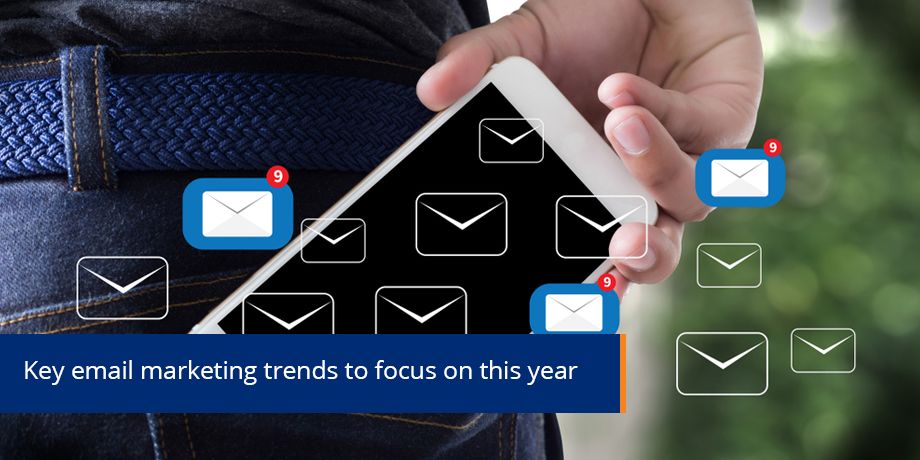
What does 2018 hold for email marketing? Will it be more of the same?
In the last few weeks, I have come across a lot of articles and blogs where digital trends and predictions for 2018 are being discussed. While they aren’t totally new in nature, innovative or something that we have not come across before, I think it’s important to understand these trends and predictions and then ask yourself the question:
“Am I implementing any of these into my overall marketing strategy and do they help get me to my goals?”
There is no doubt that email marketing has evolved over the last few years with a huge amount of focus on customer lifecycle management, personalization, interactive design, data gathering and intelligence, automation and the execution of relevant email triggers. If you aren’t incorporating any of these tactics yet, it is definitely time to understand them, start implementing them and realizing the positive impact they will have on your marketing strategy.There are several very important trends to consider:
Email marketing trends for 2018

Integrate marketing into the customer lifecycle
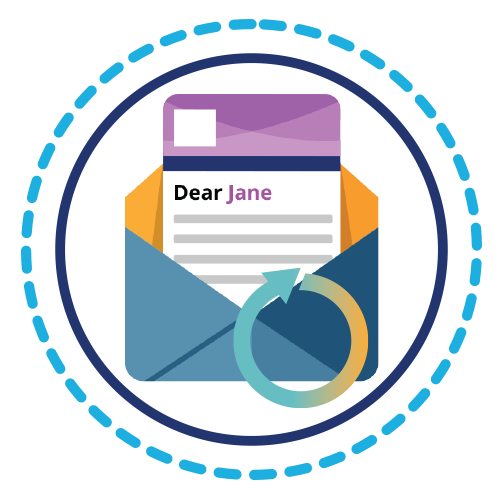
Hyper personalization in email, customer lifecycle and the customer experience

Relevant triggered emails
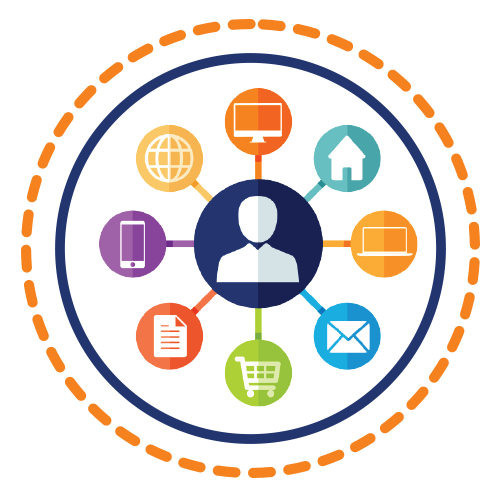
Omnichannel marketing

Integrate content marketing into the customer journey
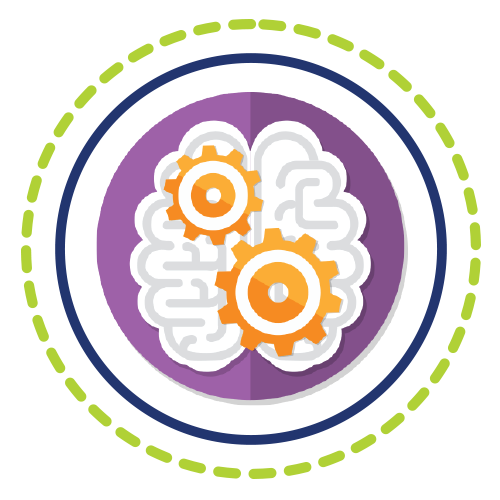
Integrate machine learning into your marketing automation
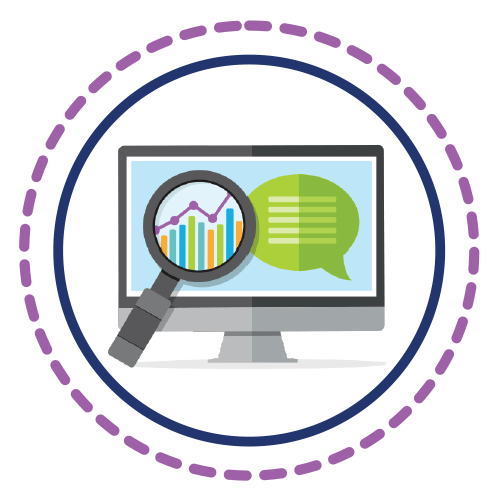
Data gathering and intelligence

Responsive design
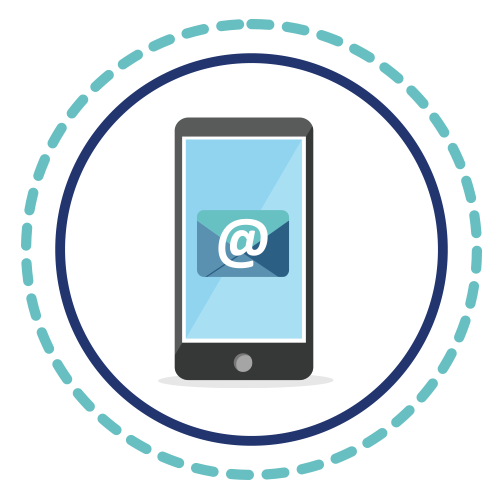
Mobile first design and execution

Harness Big Data
I have picked a few of these trends (which I have expanded on below).
If implemented, I believe that the following key trends will have an immediate impact on your marketing strategy this year:
Automation and triggered emails
Automated email is not new and has been bandied about for many years. This is something that must be incorporated into your marketing strategy and form part of your customer lifecycle management program.
An example is a welcome email, right after your customer signs up with the company or an abandoned shopping cart email, when they don’t conclude their online purchase. These are automated emails that are triggered, based on your customer’s interaction or activity.
This allows you to send relevant content at the right time, when the customer needs it and will go a long way in ensuring customer retention.
Hyper personalization
Personalization is not merely about adding a first name. It needs to evolve and be taken a step further to become hyper-personalization, which means having a far deeper understanding of your customer from a content perspective.
You can achieve this by using real time data, dynamic content and database segmentation. If this all seems a bit too daunting, start by building up a picture of when your customers open their emails, when they interact with your website and when they make purchases. Once you have this understanding , you can then pre-empt these actions, by sending promotional emails, at the time that they are most likely to interact and purchase.
Hyper-personalization can help break through the clutter, allow you to be more targeted, effective, and relevant and make your customers feel more valued, which will improve your conversion rates and ROI – which is such an important metric in marketing.
Content
Content should be seen as more of a strategic resource. Different content needs to be applied to each customer, at each stage of their lifecycle journey with your brand. An email is more powerful when the content is relevant to the customer in the moment that they need it. Although there is always room for product specific information to create awareness, relevant content goes beyond just offers or product information and speaks to the customer at the specific stage of their journey with your brand and drives the necessary interaction or desired behaviour.
Integrate content into the customer journey by incorporating information you know about them, with videos, gifs, social media, reviews and surveys. I know big data is incredibly important and has been spoken about for a while now and is most definitely something that has to be taken into consideration, but this comes at great budget and infrastructure costs.
Omnichannel marketing
The idea behind this is to create a seamless experience for your customer across a variety of channels. Although this is easier said than done, you need to start focussing on it as part of your overall marketing strategy. Email has a vital role to play in the omnichannel experience, as you can use it to create awareness for a product, be informative or as a reminder of a product and/or to drive customers online or into a store to make a purchase.
A ‘ dropped basket’ email notification is a great example where we use email to drive you back to the online store and create the omnichannel experience.
Take into account the points raised about automation, hyper-personalization and content, as this will further enhance the value email has in the omnichannel experience.
Mobile and responsive design
People are ‘always on’ and constantly engaging with their mobile devices. If you regularly check your email, I guarantee that you are accessing it via your mobile device. This is why it’s so important to design your emails with ‘mobile first’ in mind.
Ensure your content is focused, there are clear Call To Actions (CTAs) and your subject line and preheader are enticing enough to get your customer to open the email, instead of swiping to delete it. Although this is not a new trend or prediction, it is something that has to be top of mind and is an easy win, in terms of the overall experience you want to deliver to your customer.
Many emails received by customers still give the impression that they are mass emails – sent to everyone with no personalization or relevance to each customer. Today, customers expect a more personalized digital experience and email is no different. Make an effort to send every email campaign with a goal, and be relevant and applicable to a customer in that moment.
Relevancy is the real winner for 2018!















